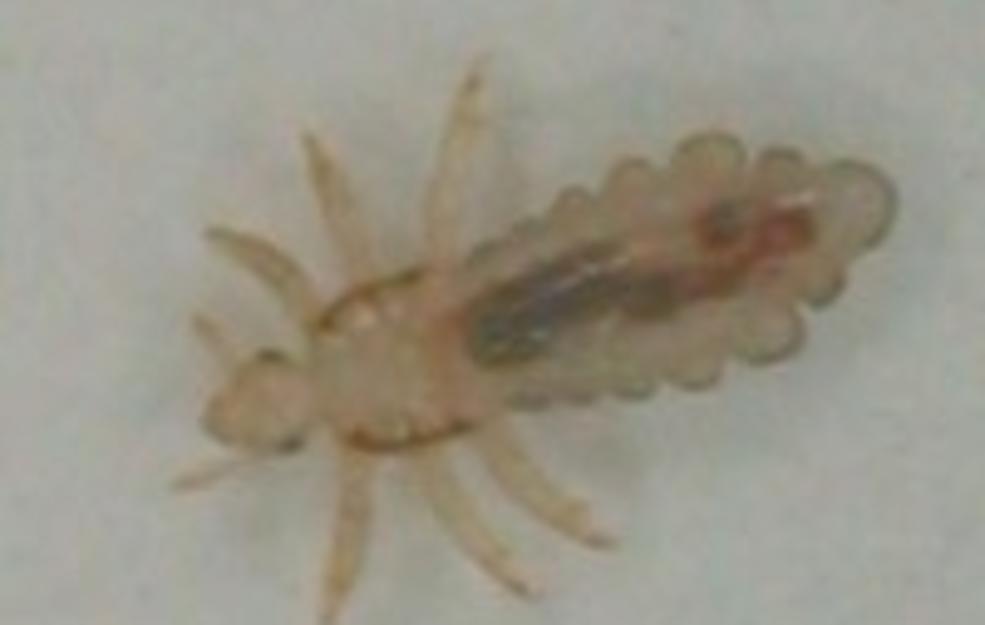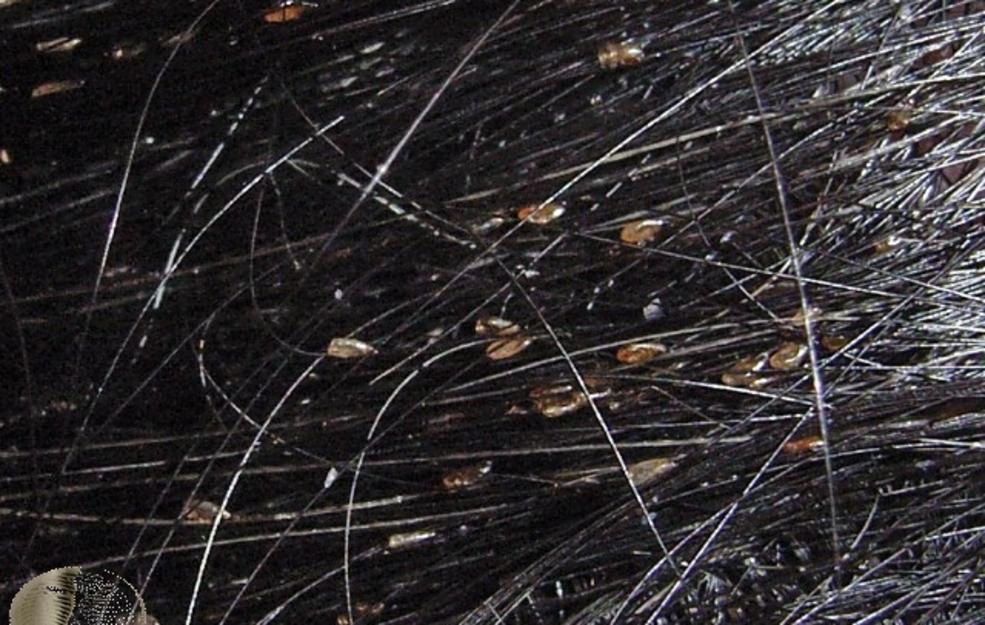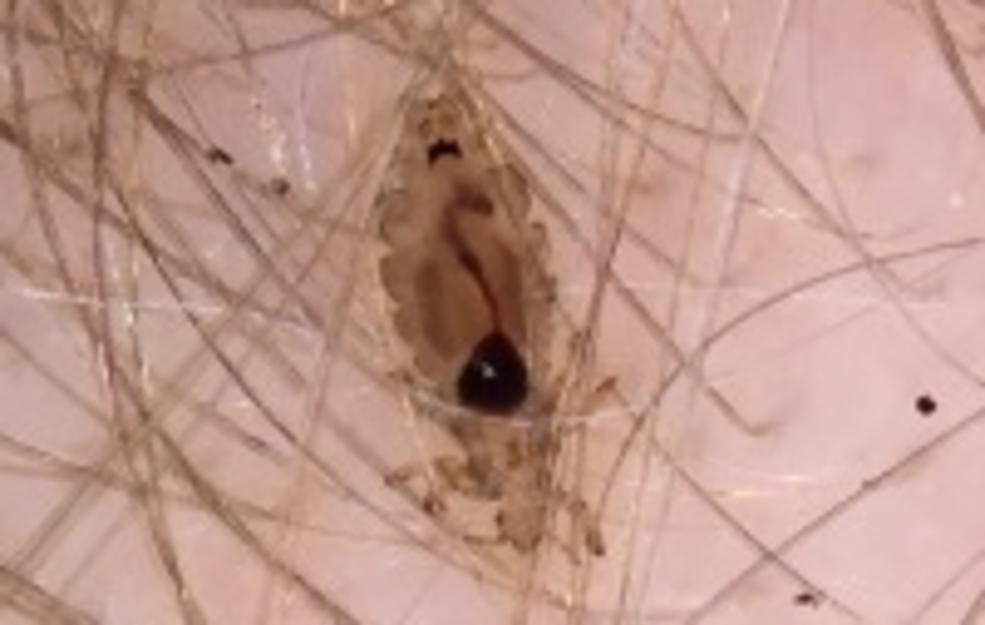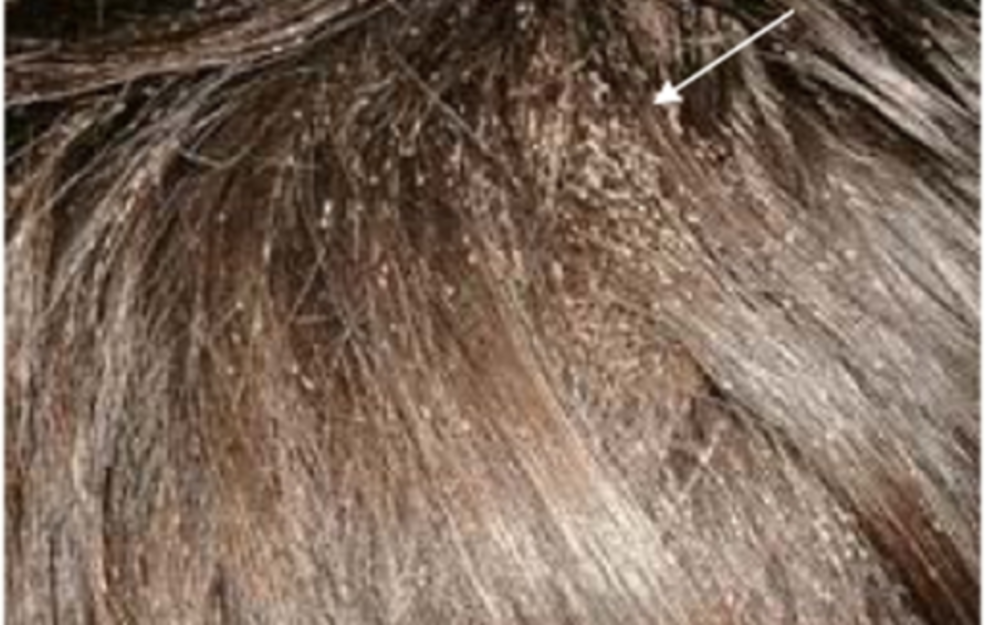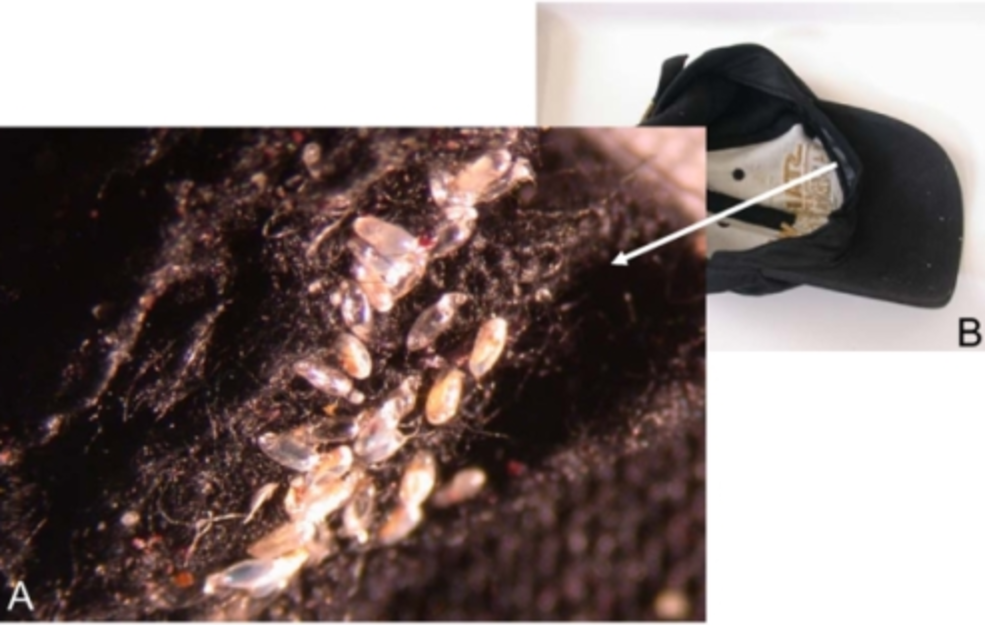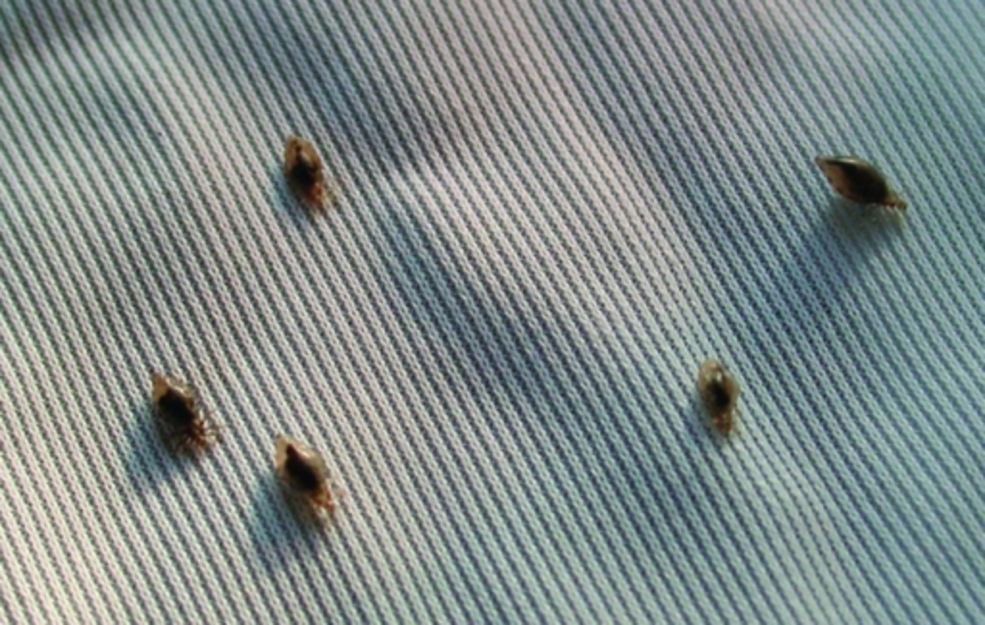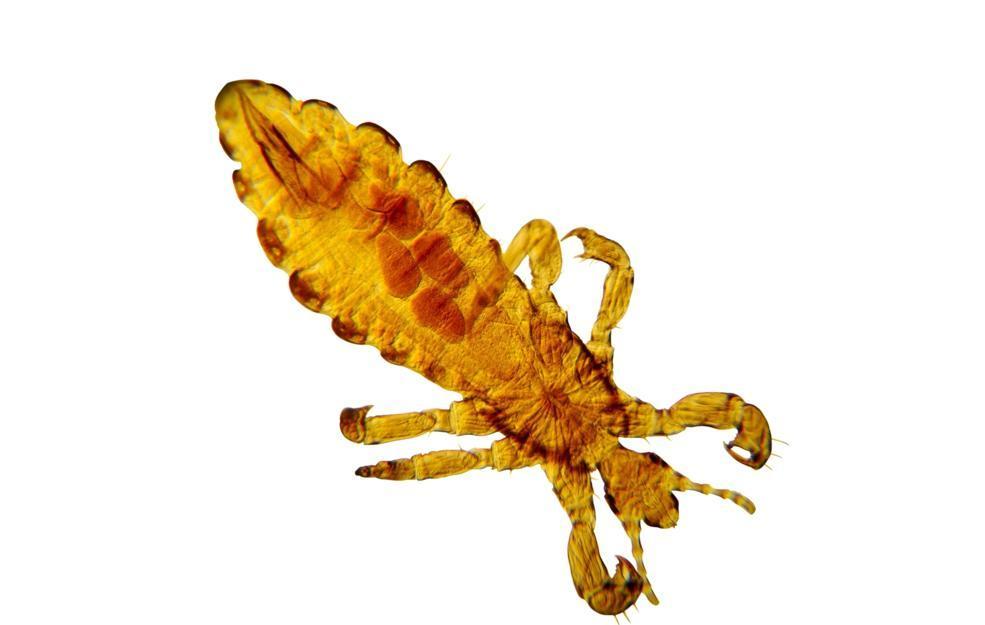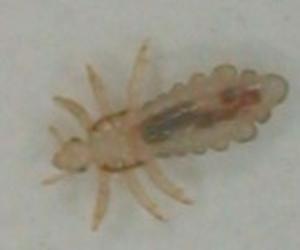Treatments for Head Lice
Head Lice

Your doctor will probably recommend over-the-counter drugs aimed at killing lice and nymphs. These drugs might not kill recently hatched eggs. Therefore, accurately-timed send treatments are often necessary to terminate nymphs immediately after being laid but before they’re fully grown. Medical experts suggest that the second treatment for head lice should be administered nine days after prescription of the first medication.
Over-the-counter (OTC) Treatments
OTC medications consist of pyrethrin, a chemical substance derived from chrysanthemum flowers that are extremely toxic to lice. Thoroughly clean your child’s hair using shampoo before applying one of the OTC treatments. Rinsing your hair with whitish vinegar might help in dissolving the glue, which tightly holds the nits closely to your hair shafts.
The commonest over-the-counter drugs include:
- Permethrin: Nix or permethrin is a synthetic form of pyrethrin. Despite being highly effective in the treatment of head lice, this drug comes with mild side effects including reddening and itchiness of the scalp.
- Pyrethrin consisting of additives: For this over-the-counter drug, pyrethrin is mixed with other chemicals meant to enhance its toxicity. Pyrethrin shouldn’t be prescribed for children who are allergic to ragweed or chrysanthemum. Side effects may include itchiness or redness of the scalp.
Prescription Medications or Treatments
In certain geographic regions, head lice have developed a strong resistance to OTC drugs. In addition, over-the-counter treatments might fail due to inappropriate use, for instance, inability to repeat treatments at the required time.
If OTC drugs aren’t used accordingly, your doctor may suggest prescription treatments. This include:
- Benzyl Alcohol: This drug isn’t toxic to lice but destroys them by terminating their supply of oxygen. Using benzyl alcohol to sterilize medical equipment has proven to trigger seizures and many other reactions in young children. Therefore, treatment of head lice with benzyl alcohol shouldn’t be approved for children below six months of age.
- Malathion or Ovide: This drug is often prescribed for people older than six years. The medicated shampoo is usually applied on the patient’s head and allowed to dry naturally before being rinsed off after 8 to 12 hours. Malathion has an elevated amount of alcohol, so it cannot be utilized with hair dryers or open flames.
- Lindane: Lindane is a medicated shampoo that triggers severe seizures and is administered only when other forms of treatment have failed to cure head lice. It’s not recommended for young children.
Combing
Combing can be used to identify head lice and also terminate an infestation. It’s one of the simplest treatments for head lice. Cover the infected hair with a conditioner and comb through, beginning from the roots and moving all the way to the edges. After every stroke, check the nit comb for lice and wash it on a tissue to check for lice.
Remember, the combing should last for thirty minutes and repeated four times every two weeks to make sure that all lice are removed, and to trap any head lice that might hatch between combing periods. It’s often advisable to continue combing until you have not seen any adult lice for about three sessions. Combing is time-consuming but highly effective.
Synthetic chemical treatments contain toxic insecticides designed to destroy head lice through various methods. Some of them poison the lice, while others disrupt the insects by completely paralyzing their nervous system. Therefore, you should only opt for these medications, when you have spotted a live louse.


